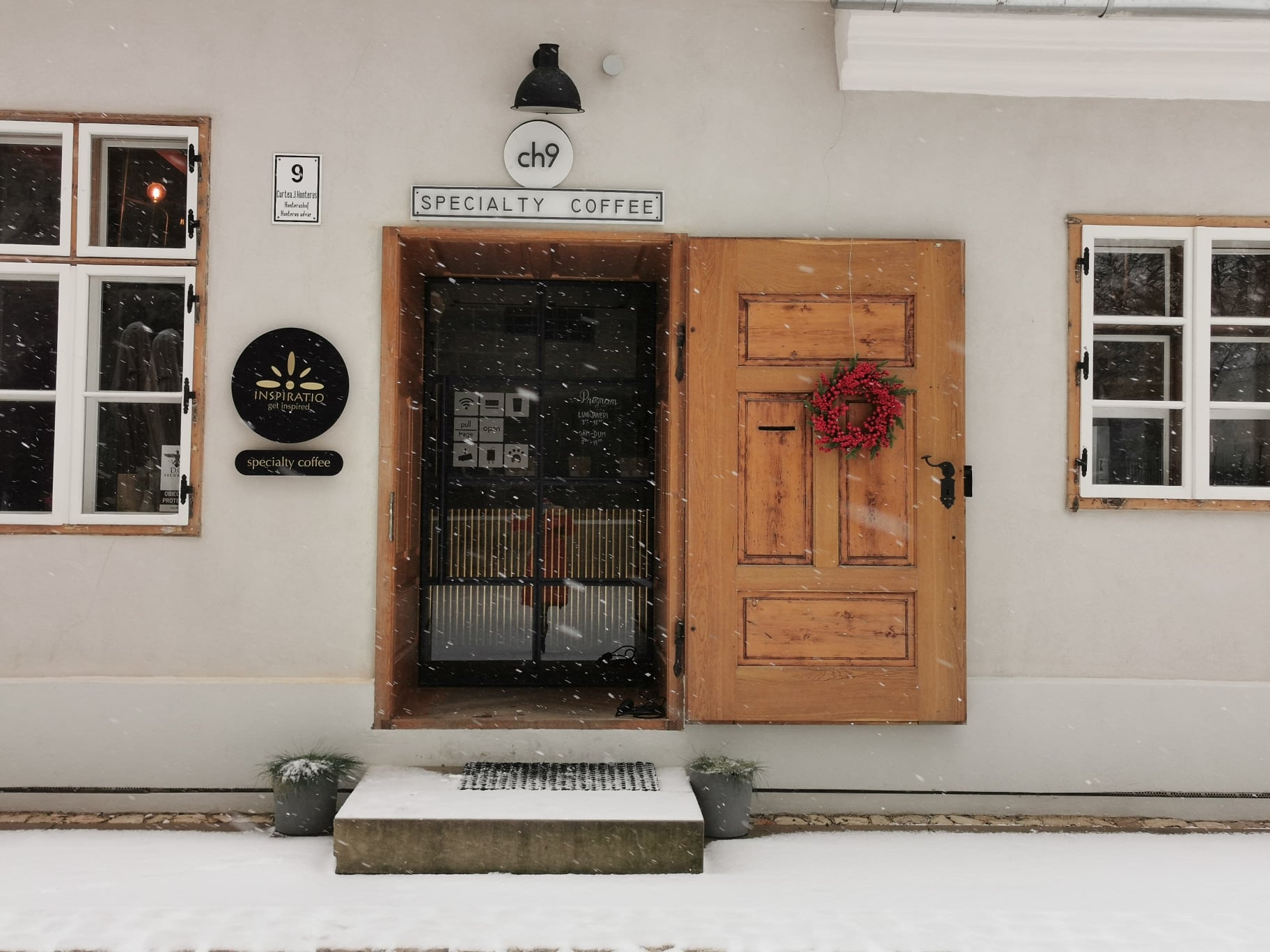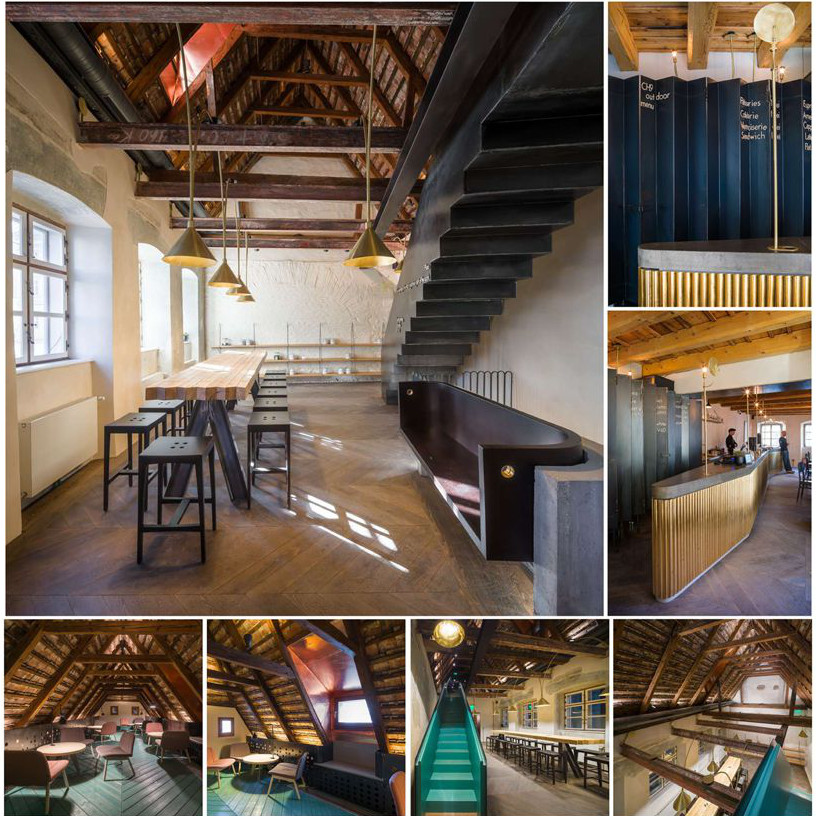Place’s history
Data on the historical and architectural development of the ensemble
The group of buildings in the Johannes Honterus courtyard, nos. 6-7-8 and 9, is located on the western side of the Black Church, in the oldest built-up area of the Brasov citadel, with the highest density of objectives registered in the list of historical monuments. The buildings are the result of a series of interventions carried out in the 18th and 19th centuries, on the site of the first school in the city – Schola Coronensis (1388) and the school library – Librairiea, built on the initiative of the humanist and reformer Johannes Honterus (1547).
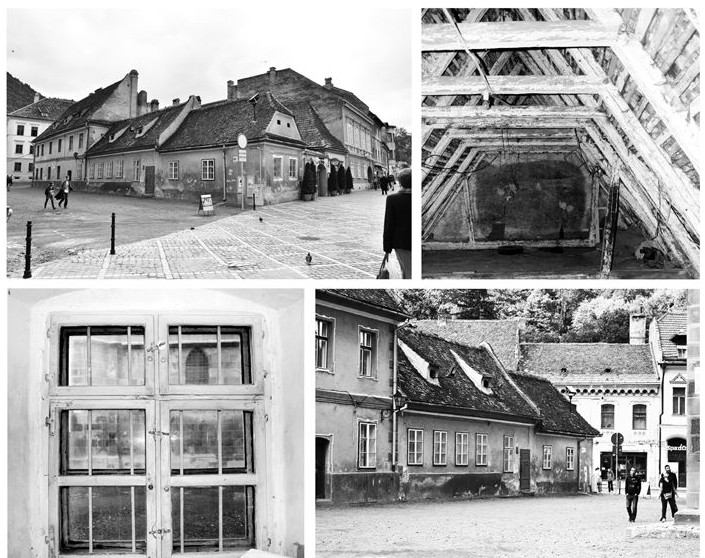
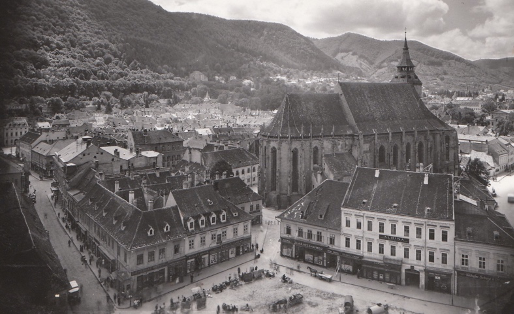
On the west side of the church are the Rector’s House and the Vicarage.
Rector’s House, Johannes Honterus Court 6-8
The Rector’s House, which now houses the INSPIRATIO Gift Studio, was built as a single unit in 1772 on the site of the old school (1388) and Honterus’ library (1547).
According to the historian Gernot Nussbacher, the library in Brasov, the first building of its kind in Transylvania, was built in March-June 1547 on the site of the old school, which was demolished in January of the same year. The library occupied the upstairs corner room, decorated with effigies of ancient philosophers, while the rest of the building was used as living quarters for the students and teachers of the gymnasium.
The library was destroyed in the great fire of 1689, and only 26 volumes of the collection survived. After the fire, the library lay in ruins until 1772, when the present building was erected on its site to house the rector, his assistant, the town cantor and a teacher.
The east building, no. 8, has 6 axes, with an access door on the ground floor and three dormers at roof level. The inscription painted under the cornice marked by simple receding profiles is of recent date (2000s): HIC FUIT BIBLIOTHECA SCHOLA CORONENSIS 1547-1689 JOHANNES HONTERUS.
The triangular front of the east wing of the building preserves a sgraffito in the plaster dating from 1772, which dates the entire building. In the central area of this wing is the only known underground space in the complex, which could indicate the location of the medieval school building (1388) and the Honterus library (1547).
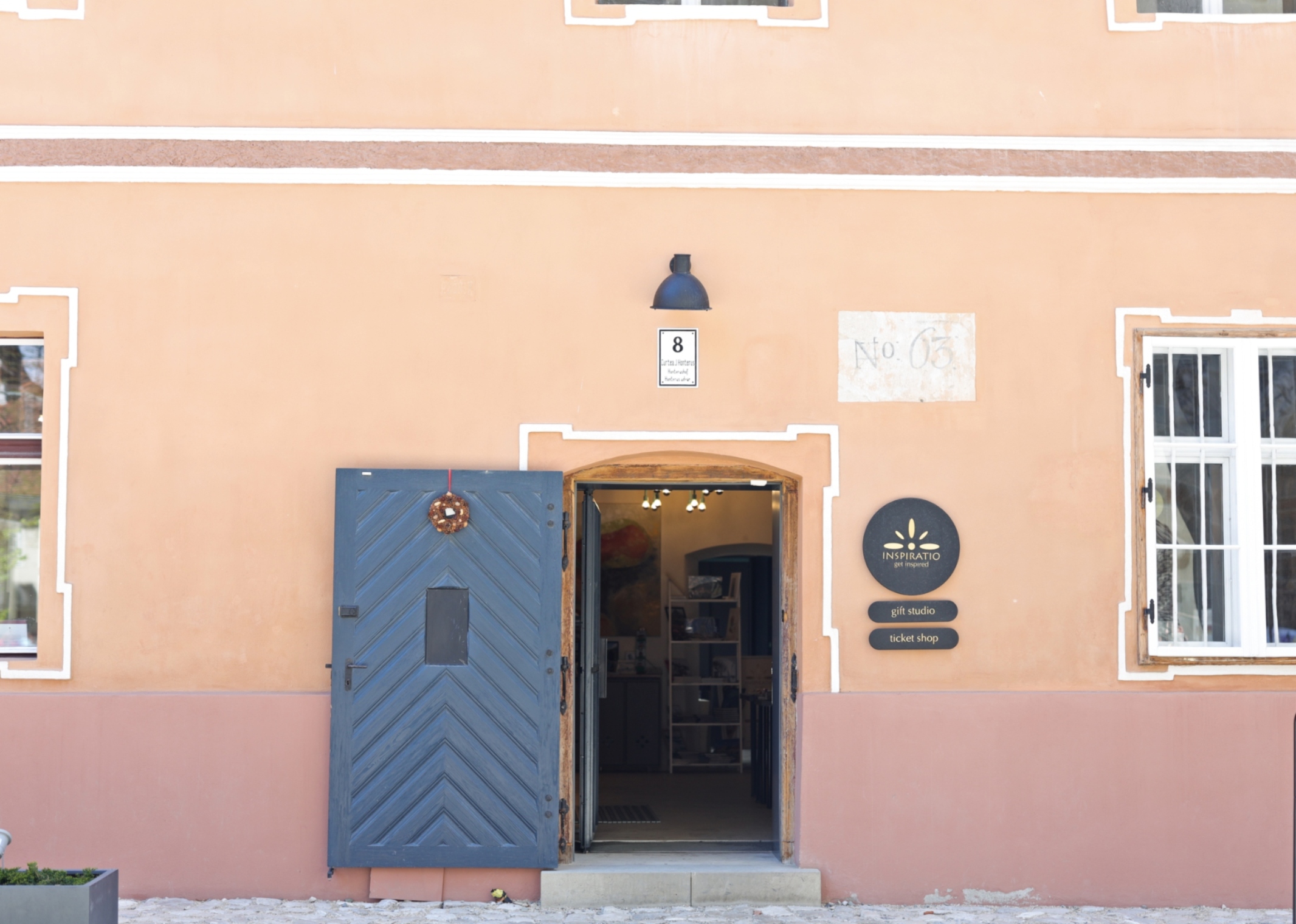
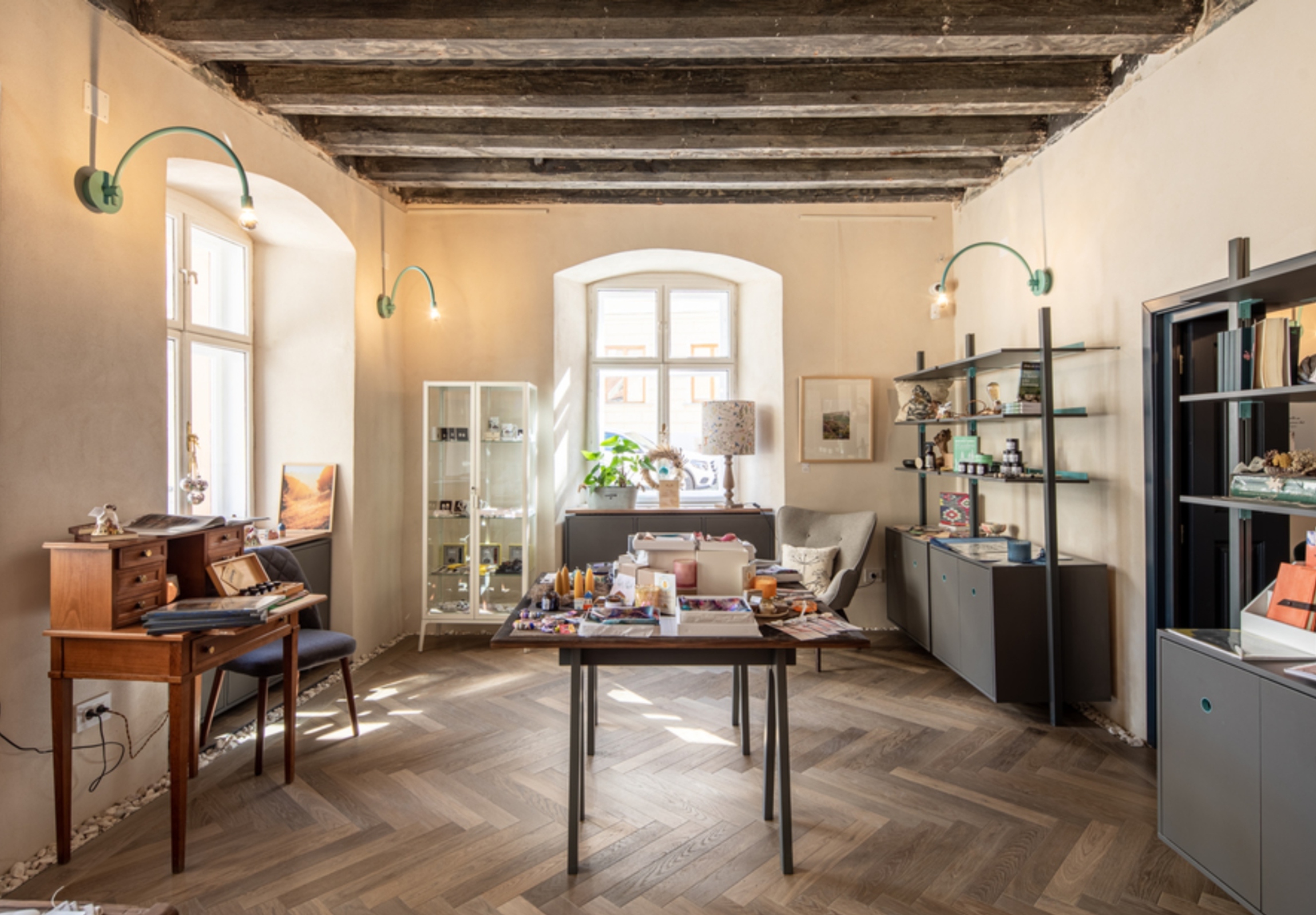
Black Church
The evangelical parish church, originally dedicated to the Virgin Mary, was rebuilt in 1383 and became known as the Black Church after a fire in 1689.
For more information on the history of the Black Church, visit its website here.
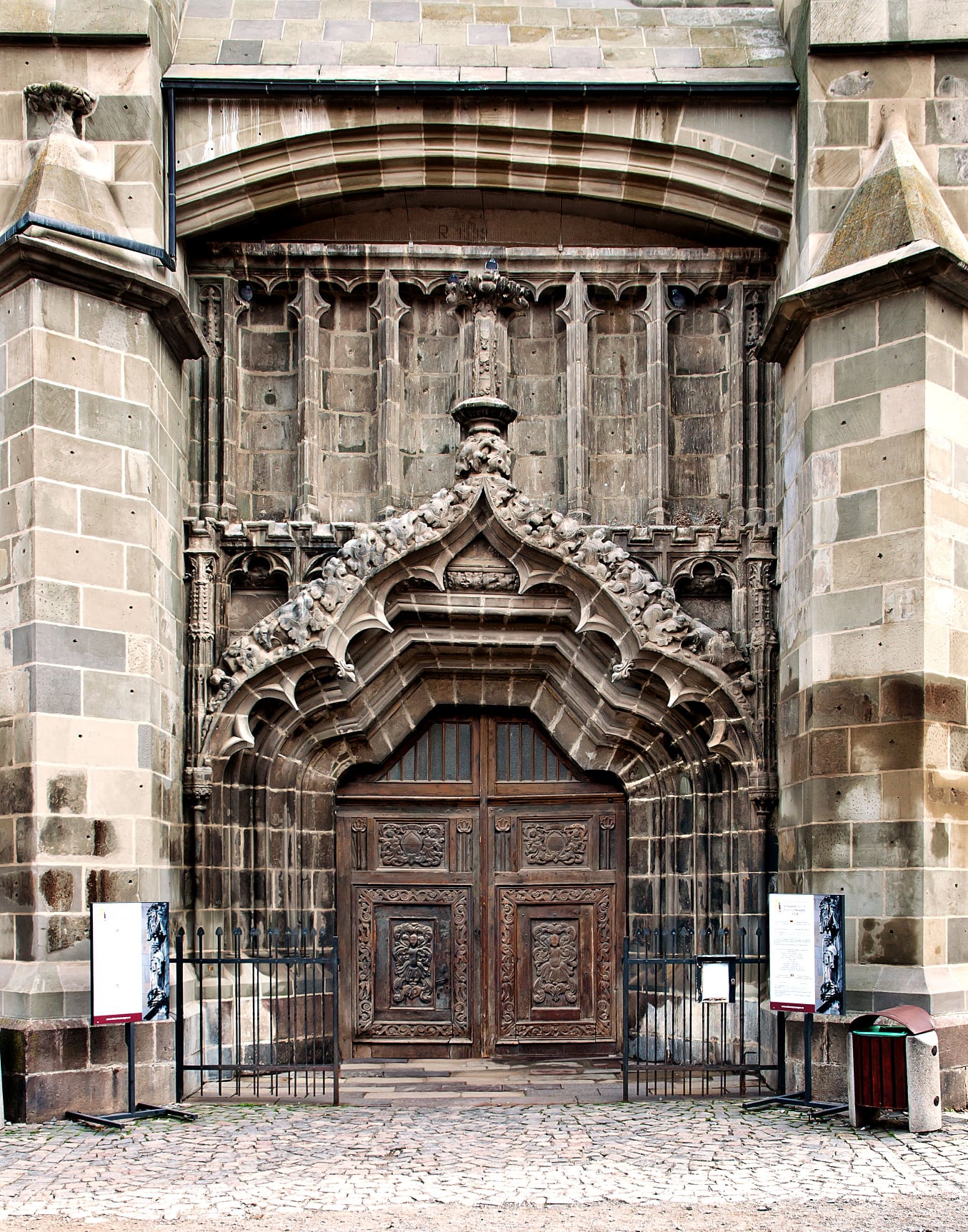
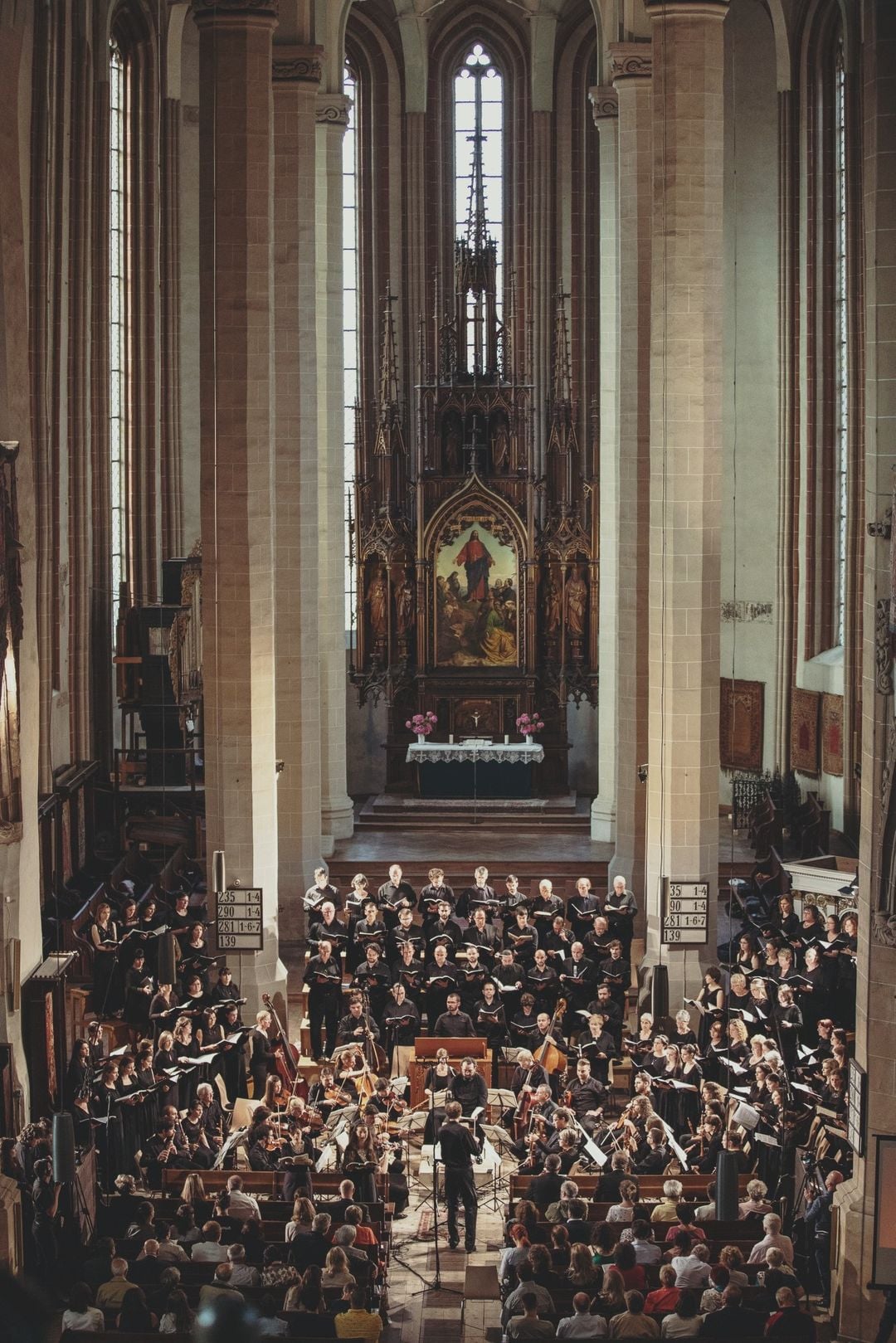
Parish House, Johannes Honterus Court No. 9
The Paraclete’s House, now home to our café, CH9 Speciality Coffee, dates back to the 17th century. An extension was added in 1801 to form the taller structure attached to number 8. The building served as a church residence, first housing the school caretakers and then, in the late 20th century, the parsonage.
The house was built in 1547 to house the school. The ground floor is partly intact. The beams of the impressive 90 square metre ceiling, which covers several smaller rooms on the ground floor, are made from fir trees felled after 1524. These smaller rooms were built in more recent centuries and the ceiling originally covered a room, the secondary school hall, corresponding to the size of the ceiling.
The great fire of 21 April 1689 partially destroyed the roof and the upper part of the building, which was repaired after the fire. The famous library of the Lyceum, containing extremely valuable manuscripts and incunabula, which was located on the first floor of the building, suffered considerable damage, but part of it was saved. In the 18th century, the house was divided to provide accommodation for the school’s teachers.
The perimeter front of J. Honterus Court is made up of imposing houses, housing important functions, school, former library, parish house, etc., with the exception of the parsonage, a humble house, a simple one-storey dwelling. Paradoxically this very condition makes it stand out from its much larger and imposing neighbours.
The contemporary intervention has sought not to destroy the fragile beauty of this house and to preserve as much of its expressiveness as possible, which is derived from the apparent natural materials and simple details. The absence of decoration is made up for by the beauty of the materials left seemingly as they are, the beamed ceilings and wooden boxes.
